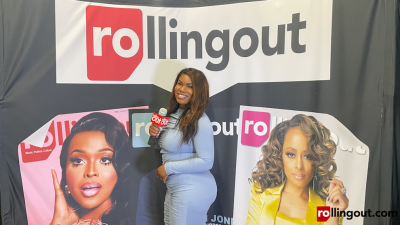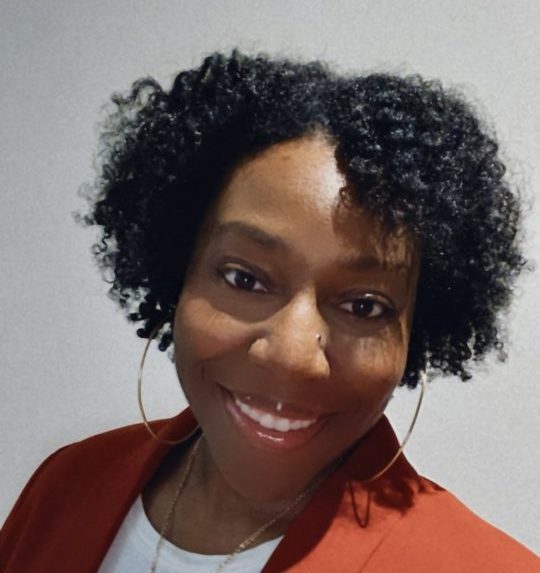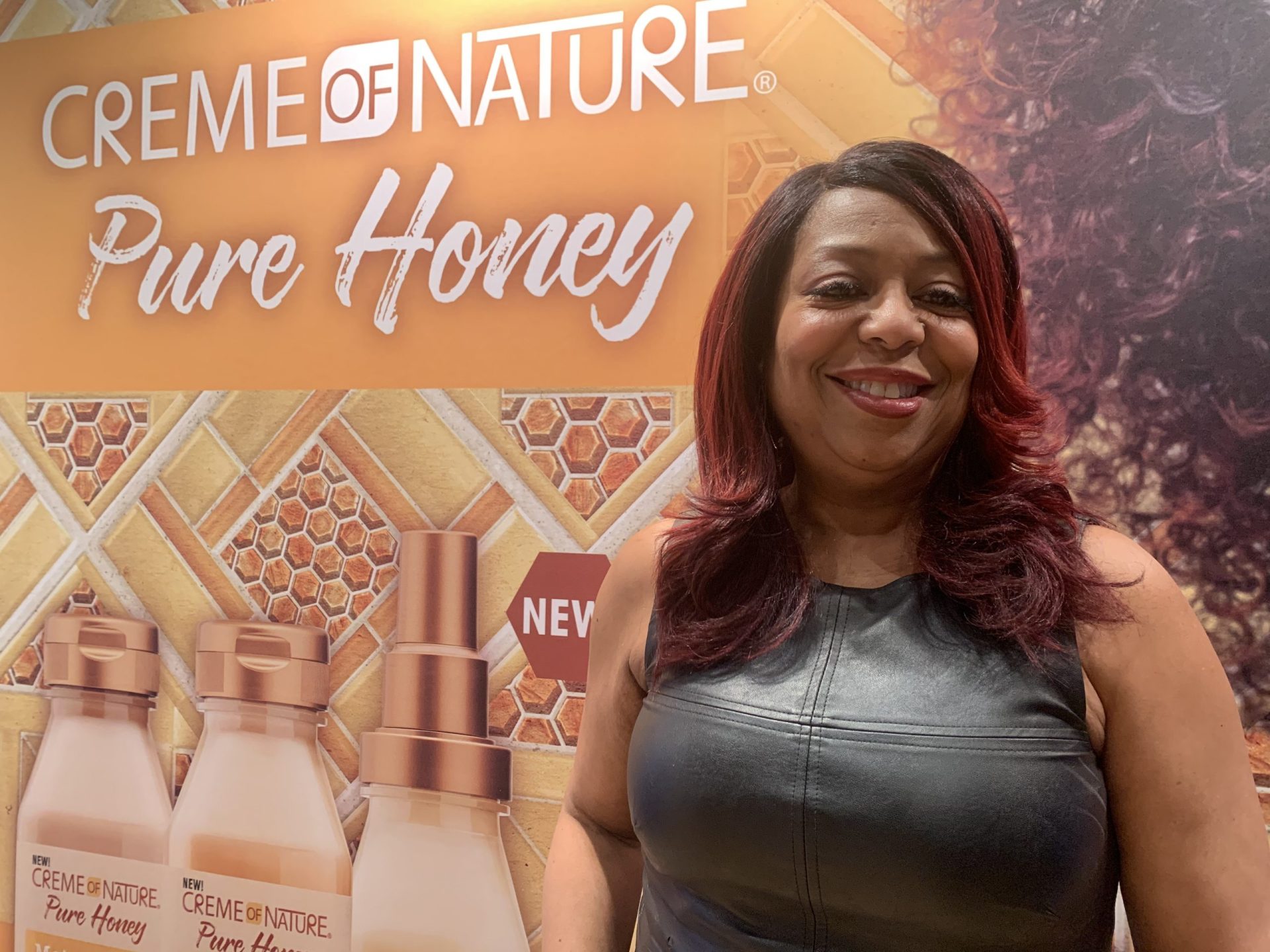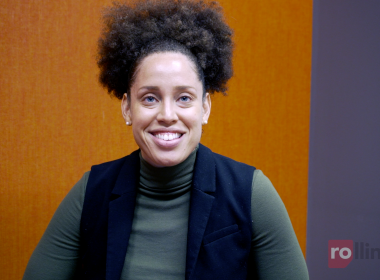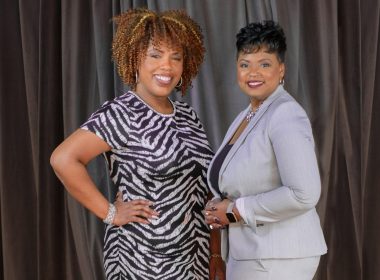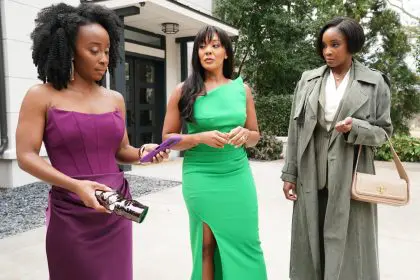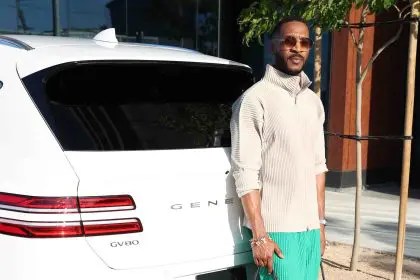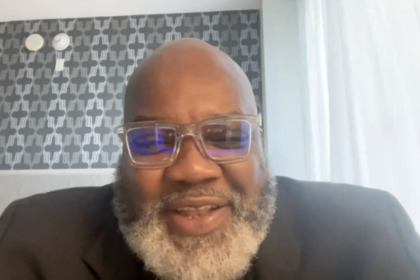Dia Simms stands as one of the top marketing mavens in the nation. As the Executive Vice President at Blue Flame Agency, Simms overseas several brands headed by Sean “Diddy” Combs.
Simms, who has worked for the Department of Defense and Clear Channel Communications, recently spoke with rolling out about her roles with Blue Flame Agency.
She provided insight on campaigns for Ciroc, Revolt TV and AQUAhydrate, and she also revealed how social media has changed landscape of marketing and branding.
With Blue Flame Agency, you guys have been able to grow the Ciroc brand to a point where it is ubiquitous. What steps do you all take to make sure the brand remains visible?
So first and foremost, we were like, you know what, this is a damn good vodka, honestly, it’s exceptionally smooth. Don’t get me wrong, I think we have a good system in place to start a trend. We can kind of make something relevant quickly but nobody is going come back twice, if you lead them to a trend that is not really an authentic legitimate brand. That’s step one, and I know Sean does the same thing all the time. Step one is this brand needs to stand up for itself.
I think secondarily, we really approach this brand, and all of our marketing, looking at a new America. A new America that is very digital, highly multicultural, and looking for their information in a different way. So we use vehicles that have not been employed to this degree in a spared space, in terms of the way we use social media, in terms of the way we create content and the way we inject our brand in pop culture. I can’t tell you too much of the secret sauce, but essentially, those are the key drivers that helped us build, not only this brand, but our other brands across the portfolio.
What was the biggest difference in marketing Ciroc versus marketing Revolt TV?
In terms of the difference, television network is obviously very different than launching a spirits brand. The piece that they both have in common is there was a missing space. There was not an official stamp of music. If you saw something controversial about Lady Gaga you really didn’t have a place to go to authenticate whether it was real or not. News have CNN, sports have ESPN, and we feel like now music has a home in Revolt. So that kind of white space and that missing opportunity is the positioning for Revolt. So we have gotten tremendous response and a lot of excitement about the brand. Sean often says that music is the closest thing to religion and galvanizing people and getting people really motivated and excited. You think about how music can change your mood or literally activate a movement, that is what Revolt stands for, hence the name. We really do think that the power of music can start a revolution.
In terms of it being difficult, I think we figure out what the appropriate approach is when something is difficult. We just need to determine how many hands need to get involved to get it done. Launching a television network is extremely hard, it’s a lot of work, it’s a mammoth undertaking. And we’ve been working on it for years before the actual launch of it last year. But it’s exciting to be a part of history and I’m proud to work for a black man who is network owner, one of three in all of television history.
What’s been the biggest change for marketing and branding throughout the years?
The biggest change is the amount of attention you are able to get. Twenty-five years ago a brand could say, “I’m going to buy ‘Family Ties’ television, or I’m going to be in People magazine and I’m guaranteed to get 25 million eyeballs and that’s it, that’s my plan.” Now you may have a millennial who has literally three to four screens on at any given time fighting for attention. You may have somebody walking down the street and they’re never going to look up to see your billboard because they are only looking at their phone. So you need to determine how your message breaks through to that consumer. But also why should they care? It has to be a two-way conversation with up-and-an coming new American audience and you can’t just market to them, you can’t just yell your brand message at them. You have to invite them to help shape your brand’s evolution and you have to invite them to have engagement in real conversation, which is very foreign to a lot of brands. It’s something that we study every day, we reach out to all of our representatives in local markets, to find out what’s relevant. What’s going on? What’s the hottest new sneaker? What are the new restaurants? So we have an idea of what the social conversation is, what is the relevant dialogue and why does our brand makes sense to these people. That is a tremendous shift from the way things used to be marketed years ago.
For more info, go to www.diasimms.com
It is important for us to note that Ciroc only promotes in engaging with legal drinking age (LDA) consumers on responsible drinking and create consumer campaigns to do this in the regions where we operate.


